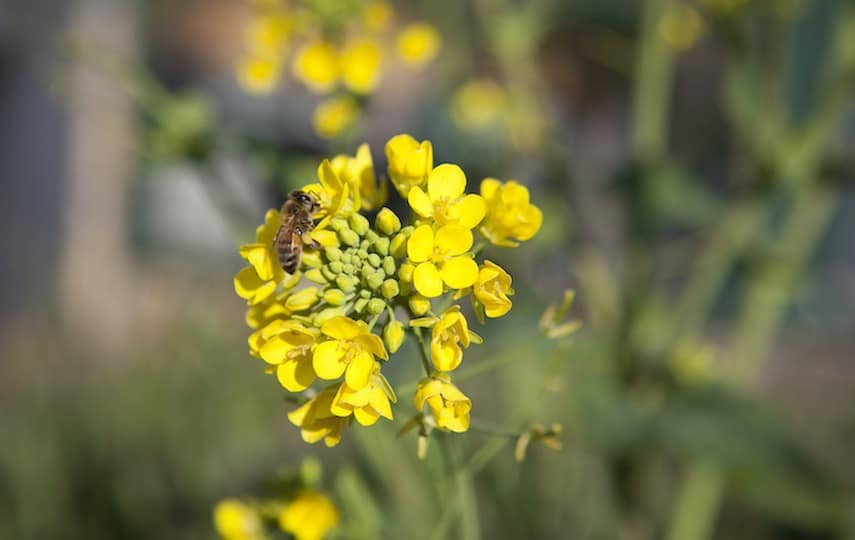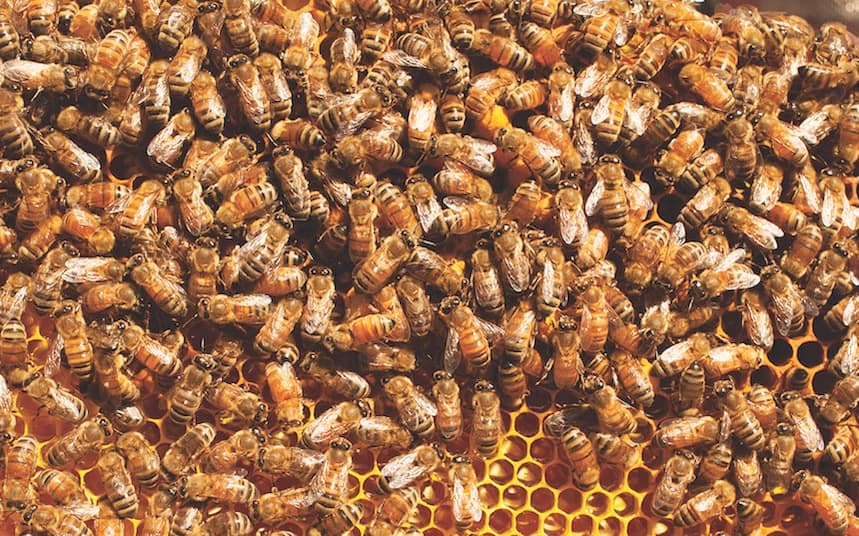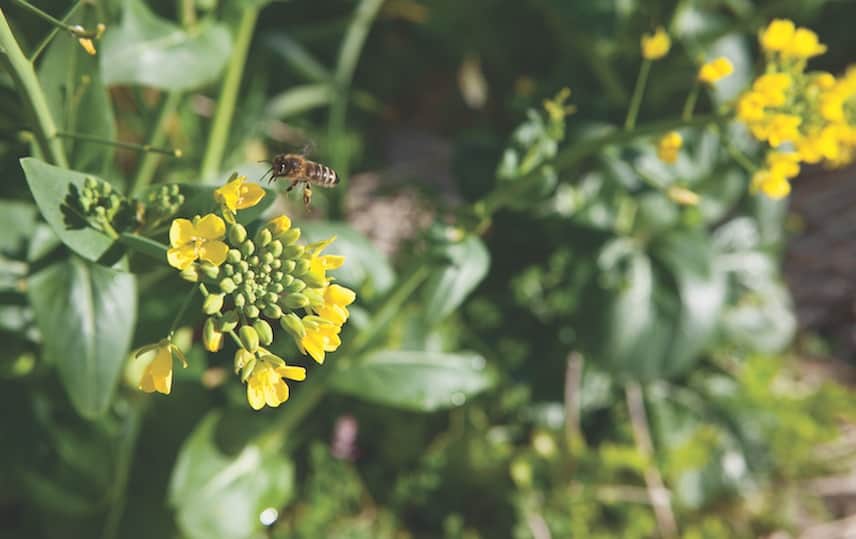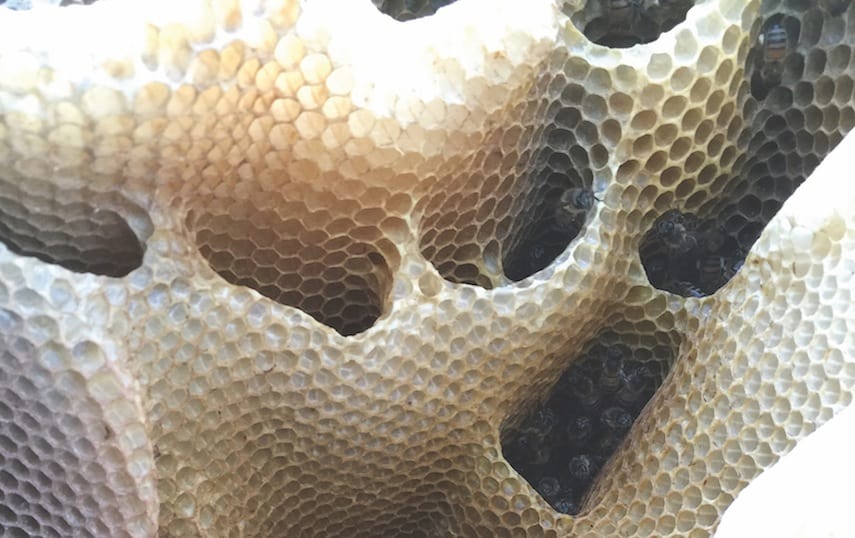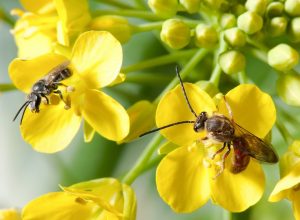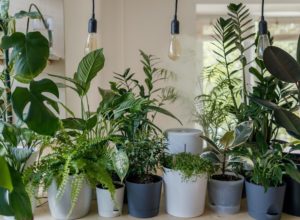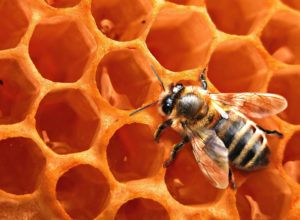Bees are the lynchpin that keep the whole web of life alive: if they stopped moving pollen around the planet, life as we know it would end. Here are 10 ways you can help save the bees.
Without the pollination services that bees provide our tables would begin to look very bare. Bees are responsible for one-third of the food we eat.
In Australia around two-thirds of European-introduced horticultural and agricultural crops are entirely dependent on bees.
Without bees, forget your apples, almonds, avocados, broccoli, brussels sprouts, cabbages, carrots, cherries, cucumbers, celery, macadamias, mangoes and more. All these fruits and vegetables exist only because the bees exist.
Bees are the planet’s circulation. As plants have no legs they’ve evolved in ways that enrol insects to be their ‘legs’: bees spread pollen from one plant to another, leading to seed development and fruit growth.
Bees are the lynchpin that keep the whole web of life alive: if they stopped moving pollen around the planet, life as we know it would end. Helping to save the bees is thus crucial for our very survival.
The state of bees
As a result of human actions that do not honour and respect the bees, they are dying around the world. It is understood that over the last 15 years Australian beehive numbers have deteriorated to less than 50% of what they were 20 years ago.
Reasons for this include: the importation of inferior honey, the hive beetle, bee diseases and insecticides. Immediate action is needed.
10 ways you can help save the bees
The plight of bees might seem overwhelming and hopeless, but there are many things that we can do to protect the bees and to create an environment that will see them exist into the future.
- The best way to support bees is by buying and growing organic and biodynamic produce. The more we shift our farming systems to support diversity and living soils and plants, the better it will be for the health and wellbeing of all life, including us.
- Plant pesticide-free, bee-friendly and native plants in your garden for year round pollen and nectar. Take cuttings from established plants. Buy bulk organic seeds in a group and share them. If you love gardening, there’s a growing need for small, organic plant businesses.
- ‘Ask before you buy’ plants from your local nursery to ensure that they have not been treated with pesticides toxic to bees, and educate your nursery about the dangers to bees of such pesticides.Support smaller nurseries which have a closer relationship with their growers, and may be willing to be part of the ‘be bee-friendly‘ challenge. Let’s support the businesses which are environmentally aware and willing to listen to us.
- Let your vegetables go to flower and you’ll be surprised at how many pollinators visit your garden, even in the winter.
- Build a ‘bee hotel’ to encourage a range of life in your garden. Gardens contain many different species of insects, which benefit the garden and provide food for wildlife.
- Post a ‘pollinator friendly’ sign in your front garden to let your friends and neighbours know about what you’re doing to make a difference for wildlife pollinators, to inspire others to do the same.
- Hold a film night and watch a bee-friendly film to raise awareness of bees, and how beautiful and vital they are.
- Have a bee-friendly plant stall at your school’s fair, and ensure the plants are not treated with pesticides.This is a great way to raise awareness of bees, and to get the school involved in bee-friendly activities. It is legal for schools to have a beehive, and that’s a great way for children to learn about the wonder of bees, and how important they are for the ‘kitchen garden’ plot.
- Join the local beekeeping group and ask them to hold a natural beekeeping course.
- Get a bee-friendly hive of your own – it’s a great way to learn more about bees. Always put the health of the bees before the collection of honey.

